Connecticut has surprising mineral diversity for being such a small area. There are plenty of opportunities for the intrepid rockhound to find incredible samples if they know what they’re looking for. The Nutmeg State may not be a bad spot for digging around a bit.
So, let’s take a look at some examples of the rocks and minerals of Connecticut, and give you some places to start looking!
Minerals and Gemstones Found in Connecticut
1. Garnet
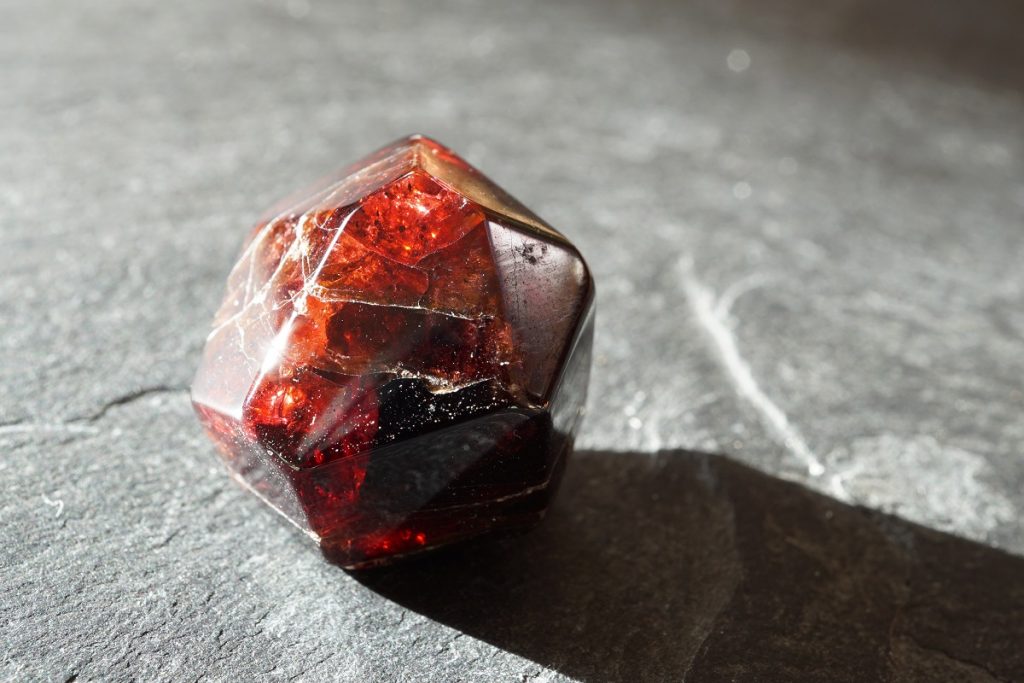
Almandine Garnet is actually the state gem of Connecticut. Almandine garnet appears as a red crystal, and it’s also an important part of many industries. These garnets, in particular, are an important abrasive for manufacturing processes. Powdered almandine garnet is actually the preferred abrasive for industrial waterjets!
Of course, most of us just like looking at them. Garnets come in a staggering variety of colors other than the well-known red gemstones. Almandine garnet has a formula of Fe2+3Al2(SiO4)3. Which… is a bit of a mess, but it means that the crystal is made of iron and aluminum in addition to the end silicate group that defines the garnet family.
In Conneticut, there are actually quite a few places to find these garnets. Enough that the government of the region has created their own handy guide to both where to look and how to find them. Considering their experience I’d say they do a better job at it than I can.
So, if you’re interested in looking for garnets in Connecticut I’d check out the state’s Garnet Trail Guide for further information.
2. Serpentine
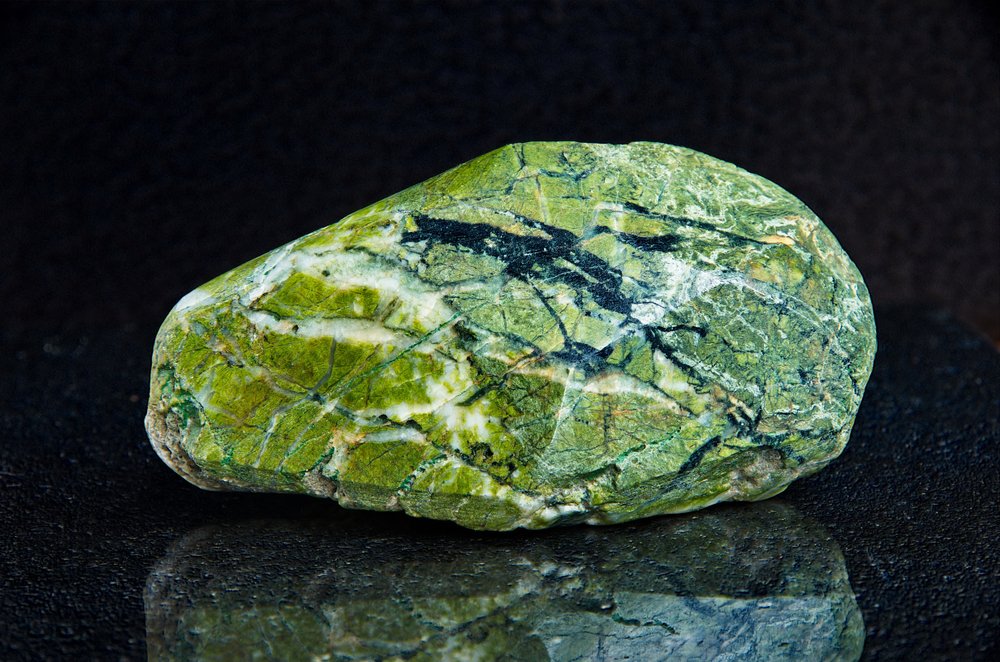
Connecticut has a surprisingly large amount of serpentine spread throughout its surface. Serpentine is a green, mottled rock that’s often carved for decoration or jewelry. It has a variable hardness and appearance, owing to the fact that it’s actually a conglomerate instead of a single mineral. Quality varies a lot as well, with the best pieces being hard and semi-transparent when cut.
Serpentine owes its name to the included chrysotile. Chrysotile is actually the primary form of asbestos, so care should be taken when cutting serpentine. You may want to switch to a particulate respirator and add some extra ventilation to avoid the dangers of exposure. Asbestos is also the reason for the fibrous nature of the stone.
While serpentine can be toxic when cutting, it’s mostly inert when it’s just sitting around. Samples and jewelry are perfectly safe once the cutting process has been completed. It’s a great stone, and one that I feel doesn’t get enough recognition for the awesome patterns you see in it at times.
Serpentine is found all over Connecticut, even near most of the towns and cities in the state. Some promising starts can be found in:
- Greenridge
- Danbury
- Near Mount Prospect
This fascinating stone is easy enough to find, just get out there and look.
3. Quartz
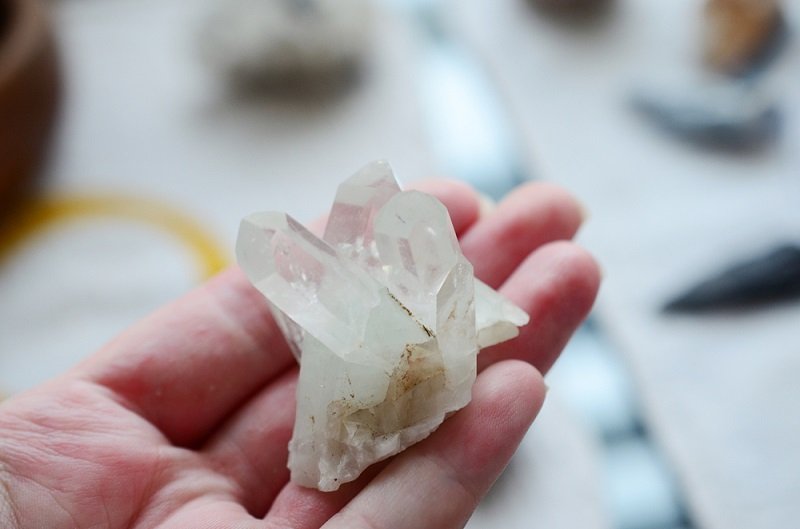
Quartz is the macrocrystalline form of silica. It’s one of the most common crystals on the planet, but samples vary widely depending on their locality. There are numerous forms in different colors and configurations out there, which makes it a highly collectible mineral. It’s hard to say when you have enough quartz crystals in your collection.
In Connecticut, we have three different forms of material to look for. You have the standard clear quartz, amethyst, and rose quartz. The latter is a little bit different since it’s usually found in large masses of interconnected crystals. This form is called “massive” and it’s distinct from microcrystalline and cryptocrystalline silica, having much larger grains that can be seen with the naked eye.
There is also some smoky quartz in the area, as there usually is when quartz is found. It’s no Arkansas, but truthfully… nowhere is. What we have here is smaller pockets of crystals spread around the state but there are still some great examples of the class pulled from the earth.
The following spots are known to house quartz:
- Vernon (Rose Quartz in the local Schist)
- Meriden (Amethyst in local quarries)
- Aldrich Park (Quartz in rocky exposed area)
That’s just a taste of the areas, I found over a dozen places to get a quick look when searching and you’re not far from one when you’re in the state.
Read More: Ultimate Guide To Collecting Quartz (What It Is and How To Find It)
4. Sphalerite
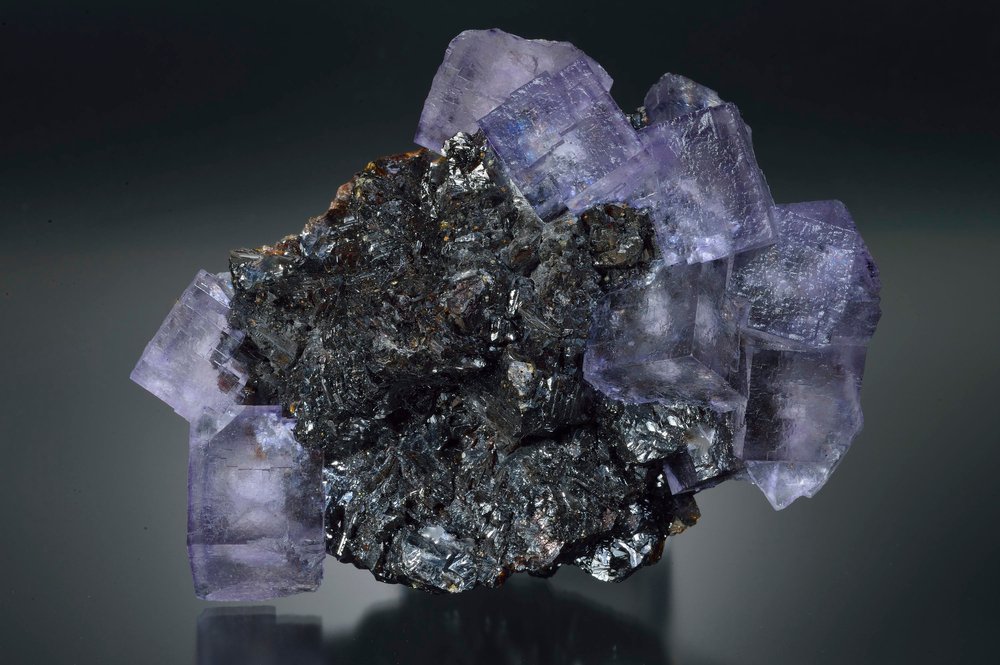
Sphalerite is the primary ore that’s the main source of zinc in the world. It most often appears as black crystals with a reddish hint, but it can also appear as larger red crystals in the right circumstances. It’s a relatively soft mineral, which means its use is mostly limited to industrial zinc production and the occasional specimen for collectors.
Sphalerite is spread across the entire state, in a few locales. It doesn’t appear to be a huge industry in Conneticut. The most significant deposit is in Lichfield County. There are definitely a few localities to look at, but you may have to put some effort into finding a sample for yourself.
While sphalerite is prized as ore, the best examples generally end up as mineral specimens sold to collectors. On occasion, you’ll find extremely expensive faceted stones cut from large crystals of sphalerite. These are a curiosity, rather than something to be set in metal, due to the low hardness of the material. It generally runs a 3.5-4.0 on Moh’s scale.
Some places to try are the following:
- Roncari Quarry (Tilcon Quarry), East Granby, Hartford Co., Connecticut, USA
- Linkpot cut, Airline Railroad, East Hampton (Chatham), Middlesex Co., Connecticut, USA
- Canaan, North Canaan, Litchfield Co., Connecticut, USA
It’s found in roadcuts, quarries, and mines all over the state, but the above locations should give you some promising leads if you’re looking to procure your own sample.
5. Danburite
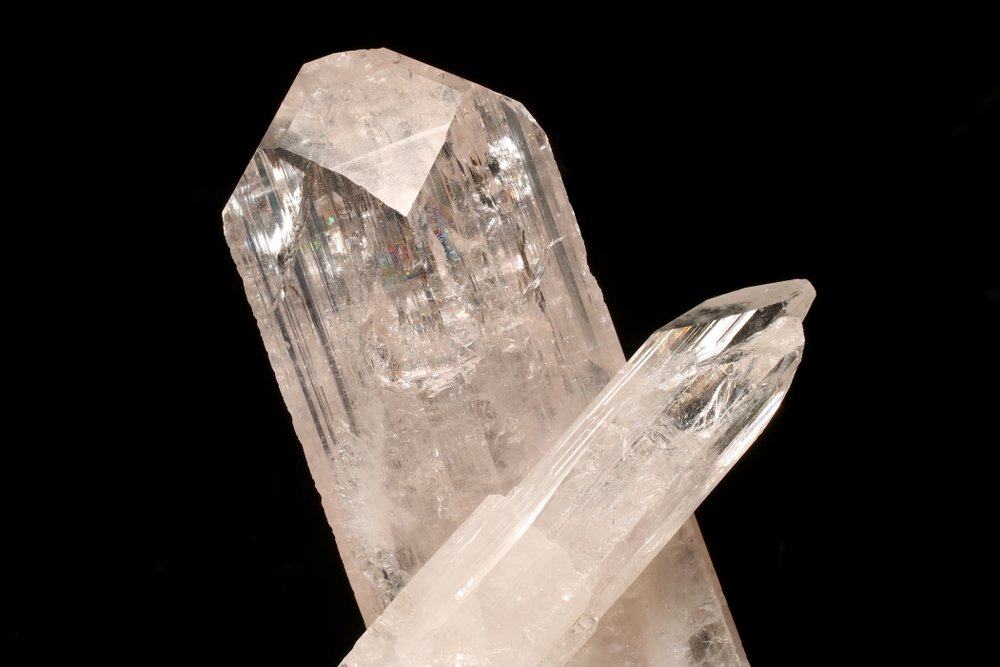
Danburite is one of the coolest gems you’ve never heard of. It appears as a white to light yellow crystal, with a similar structure to topaz. These stones are different, however, since they’re a calcium boron silicate as opposed to the calcium neosilicate classification that covers topaz. It’s sometimes cut into great gemstones but often finds itself as a mineral sample.
Danburite was originally thought to be tourmaline, but a correction to the chemical makeup of the mineral was made in 1839. This landed it firmly as a mineral in its own right, despite the fact that it was originally found in areas associated with tourmaline.
In Connecticut, you can find danburite in a special location. It’s actually named for the town of Danbury, Connecticut where it was first found. And that’s where it tends to be found in the state, along the rivers and in fields around the town.
So, if you’re looking for some danburite in Connecticut? You should try the town of Danbury, Connecticut. Here it tends to occur as masses of white to yellow-orange crystals, but occasionally cleaner specimens can be found.
6. Tourmaline
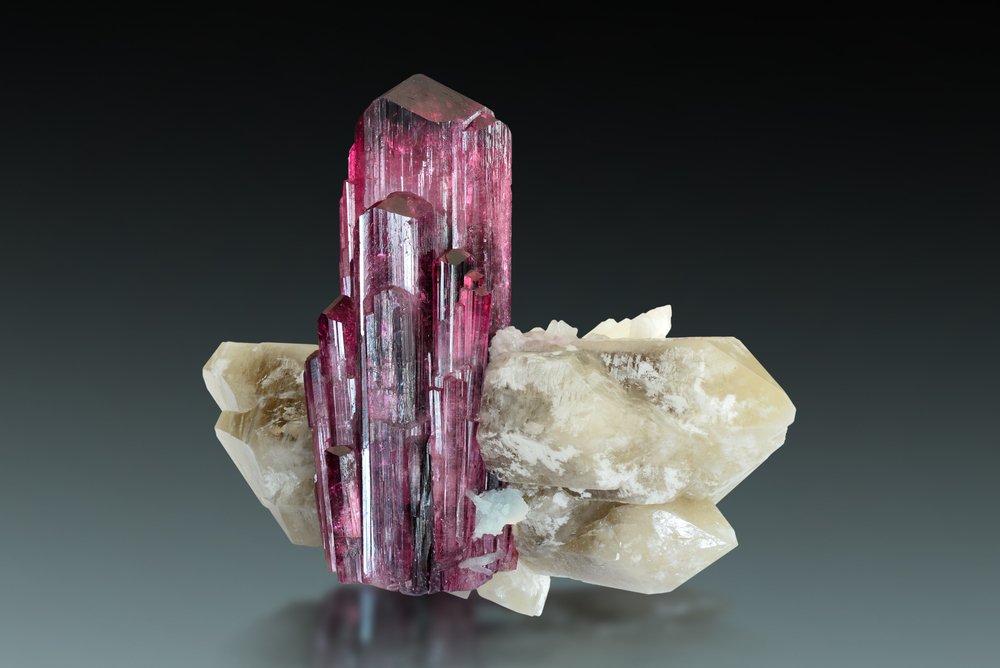
Tourmaline is one of the most varied crystalline gemstones. While the majority of it is the black, bar-like crystal known as schorl it has a shocking range of colors. Many of them are equals to, and as expensive as, more famous stones of the same type. One needs only look into things like indicolite and chrome tourmaline to get a good grasp on what’s possible in this common crystal lattice.
You’re not out of luck if you’re looking for color in tourmaline, however. The specific variety that’s known in Connecticut is called elbaite. The slight differences in the crystal structure means that it tints easily to different shades. There is no “one color” of elbaite.
Connecticut elbaite tends towards olive green, and you’ll also be able to find classic watermelon tourmaline with a green exterior and a pink interior. The majority of it is found along the Connecticut River and there are some public spots to take a look for those who want to collect their own.
You’ll do well to pay attention on any public land near or in the Connecticut river south of Hartford, but the following areas are known to bear the gem:
- The area around Walden Gem Mine
- Gillette Quarry, near Haddam
- The area surrounding Ridgefield
There are a lot of places to look, and the distribution means they may also be found in waterways south of the source, making it easy to find a place as long as you look at a map before heading out.
Read More: Ultimate Guide To Tourmaline (What It Is and Where To Find It!)
7. Barite
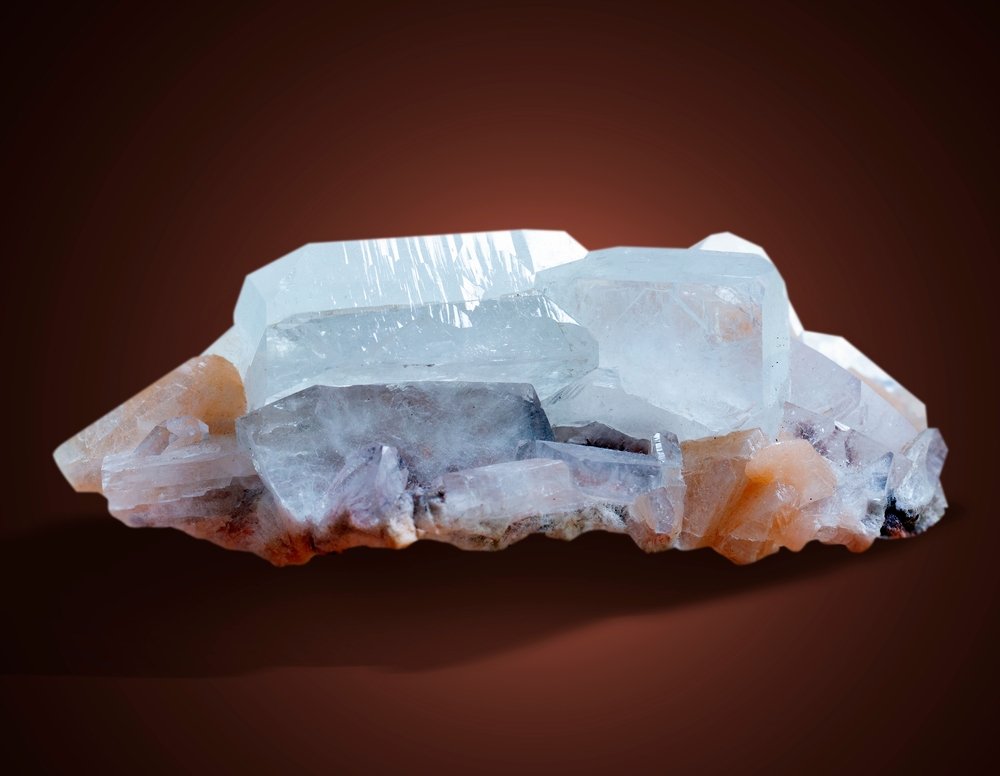
Barite is the primary ore of the alkaline earth metal barium. It’s bound in a sulfate form in this mineral, making it non-toxic to humans due to extreme insolubility in water. It’s sometimes used as a gem but more often the pieces not destined to be processed are held as mineral samples. Barite has a large number of forms and colors.
The vast majority of barite ends up being used in the petroleum agency, but it’s also present in things like paints and cosmetics. The crystals are usually thin and fin-like, but the mineral also occurs in massive forms and with larger, more well-developed crystals on occasion.
While it’s primary of interest as an industrial compound, barite is another example of the rich geological history of Connecticut. It’s found in many places across the state, from roadcuts to mines. It’s just a matter of finding a place to search for the amateur rockhound.
Some good leads are in the following areas:
- Thomaston Dam railroad cut
- Elmwood, just West of Hartford
- Old Mine Park, Southwest of Monroe
These are only a few of the areas where barite is known to occur in the state. If you’re looking for other locales, be aware that barite is sometimes spelled baryte and you’ll find the hunt a bit easier.
8. Pyrite
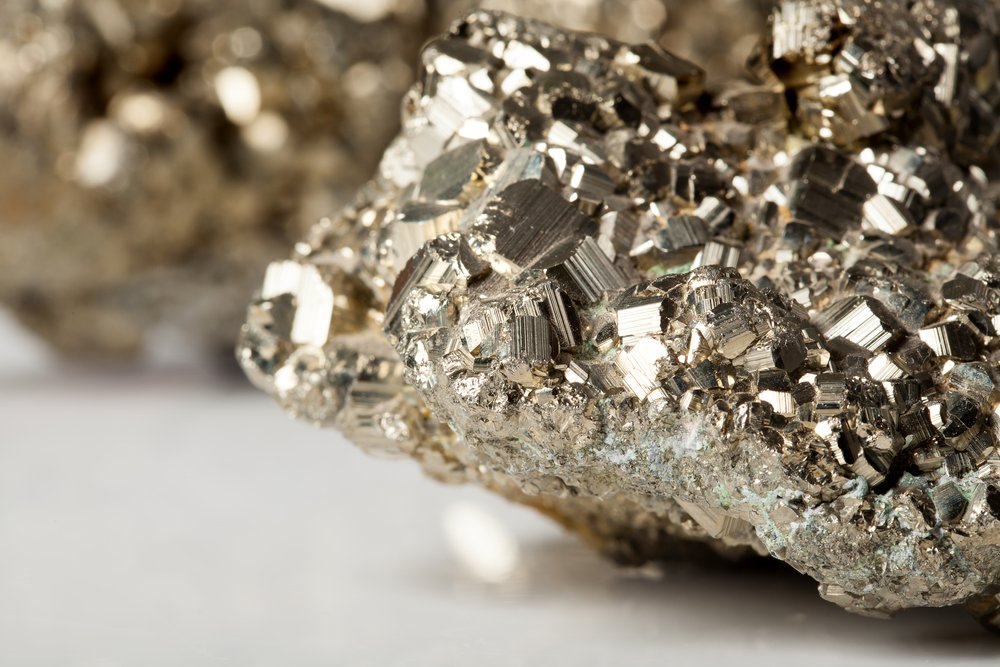
Iron pyrite, also known as Fool’s Gold, is a cubic, brass-colored mineral formed from iron and sulfur. The crystals are quite appealing, but iron pyrite has gained some notoriety for being found by beginners who think it’s gold. During the American Gold Rushes, it fooled many new prospectors, who saw the golden color and hoped for the best.
In reality, we’ve actually found that pyrite does often contain gold. Specimens have been found running as high as 0.25% gold trapped in the pyrite’s matrix. Not bad for a mineral that’s usually just been considered a nuisance to prospectors. In this case, it turns out that there was much more to the stone than meets the eye.
Pyrite is a ridiculously common find in Conencticut. It shows up virtually everywhere in the state, Mindat actually shows 143 known locations for pyrite. The one thing that they all have in common is that they’re south of Hartford.
So, if you’re searching for pyrite in this state I’d recommend finding a public place that allows collection south of Hartford. Chances are good that any locality with exposed stone bears some pyrite in that region.
9. Beryl
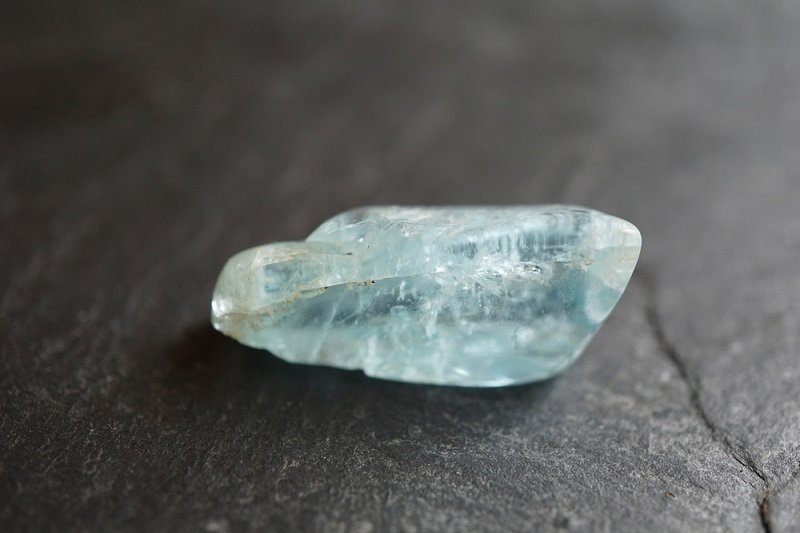
Last on our list is beryl. Those who know their mineral families know that this is the one that holds emerald, morganite, heliodor, and aquamarine. Beryl itself is an extremely hard mineral that lends well to cutting if you don’t mind dealing with a hardness of 8 on the Moh’s scale.
Emeralds seem to be rare, and large crystals even more so. The main varieties found are aquamarine and a yellow variety that’s sometimes called heliodor and sometimes not. It really depends on the individual describing it.
Beryl is mainly found in pegmatites south of Hartford. There are a ton of reported locations for them, something like 150+ but the vast majority are found in the granite bedrock south of Hartford. The area near Haddam seems to produce the best crystals, with good examples of morganite, heliodor, and even aquamarine found in the region.
On the western side of the state, they go a bit farther north. You can find beryl as far north as Torrington.
With such a huge number of locations, your best bet is to look for a publicly accessible area south of Harford that gets to the bedrock. This usually means areas around mines and quarries, but remember to be mindful of the laws in the local area and make sure you’re not digging around on private land.
- Online rock and mineral club for collectors of all levels!
- Find community with like-minded rock and mineral enthusiasts.
- Monthly Giveaways!
- Free Access to Entire Digital Library of Products (annual memberships)


